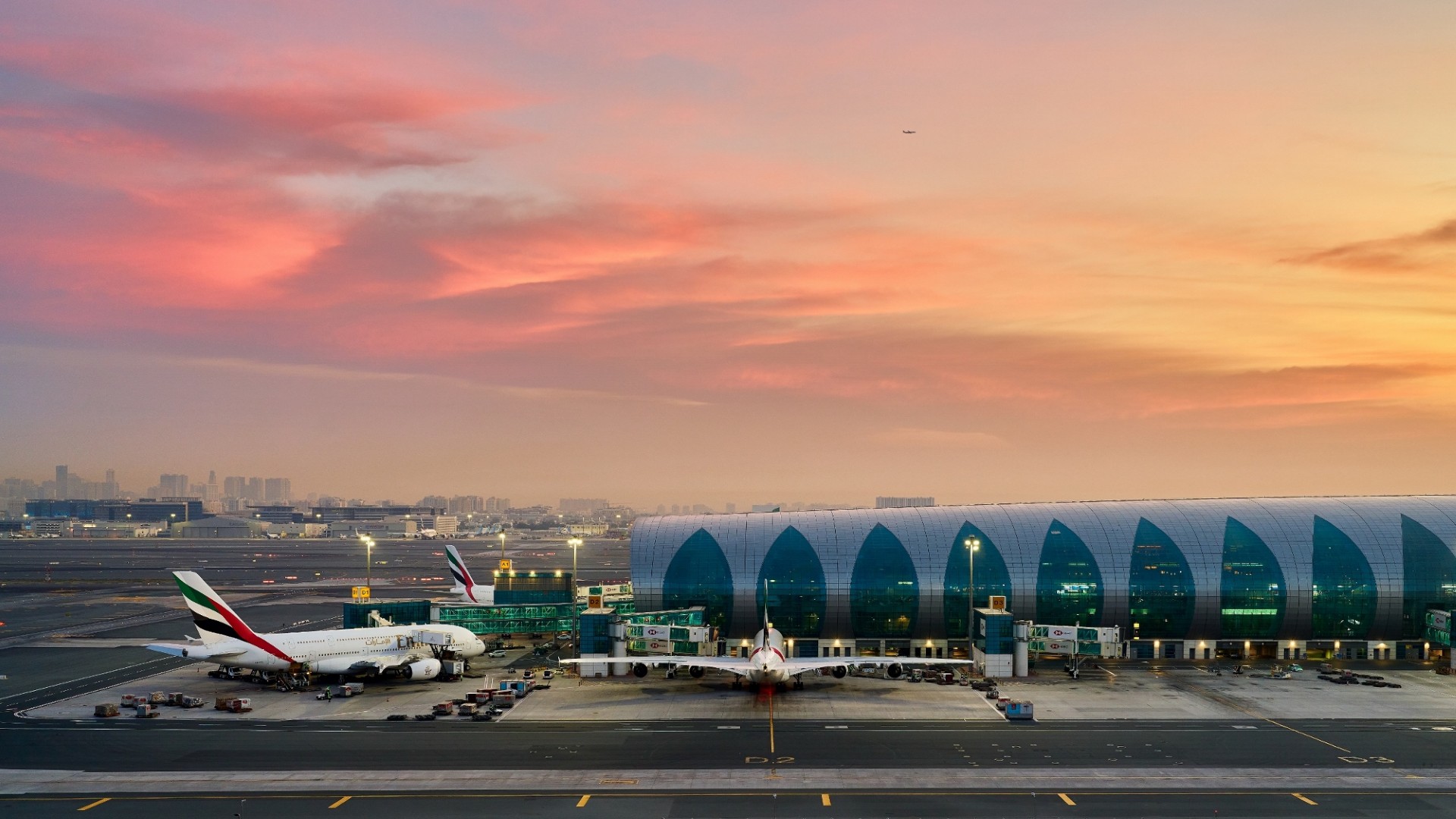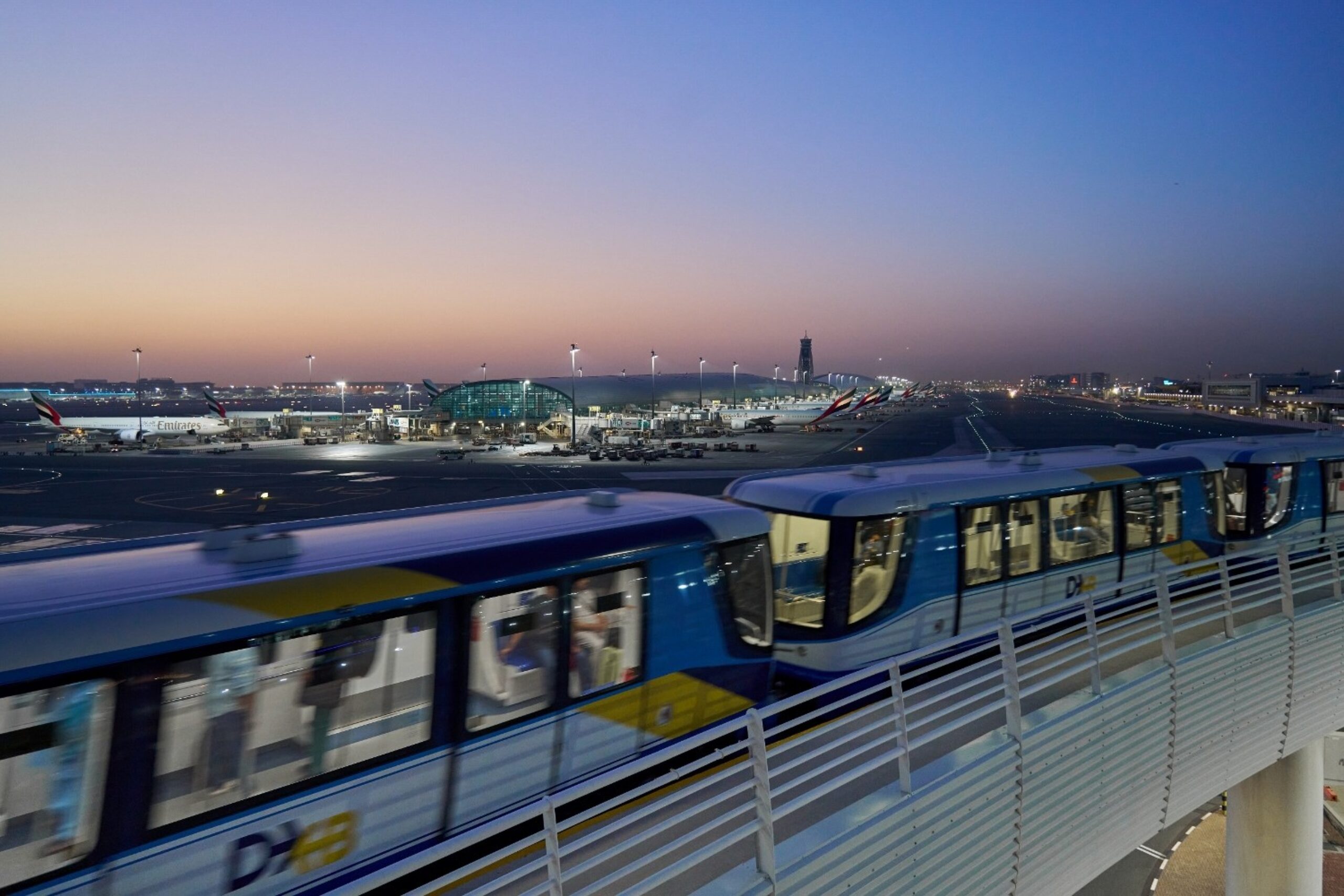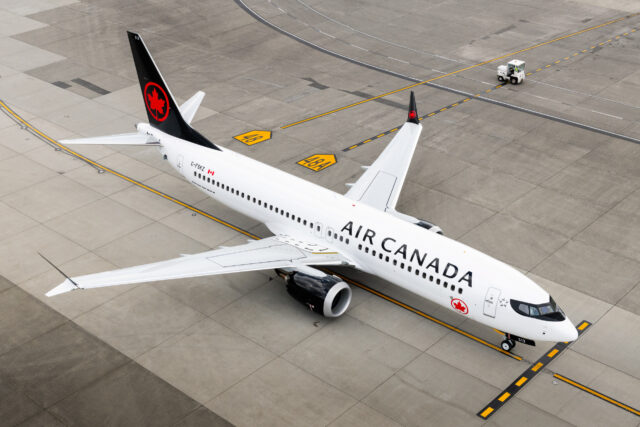Exploring the upcoming Al Maktoum International Airport

The challenge of designing and building an airport capable of welcoming a record-breaking 160 million guests a year is undoubtedly a complex one. Ahead of Dubai International’s move to Al Maktoum International, Dubai Airports CEO Paul Griffiths explained to Aerospace Global News just how the world’s largest international airport intends to keep its crown, and the unique opportunities offered by the upcoming expansion.
With Dubai International Airport (DXB) having welcomed a record 44.9 million passengers through its doors during the first six months of this year – surpassing its own pre-pandemic record of 43.7 million in the first half of 2018 – traffic projections continue to soar; currently set to surpass 100 million visitors a year by 2027.
However, with the current constraints imposed by pre-existing infrastructure unconducive to further continued growth, the expansion of a sister site at Al Maktoum International Airport (DWC) – to be developed over the coming decade – will hopefully continue to hold the title as the largest airport in terms of volume of passengers passing through. Noting that Dubai International has held the title of the largest international airport in the world for the last decade, “the primary objective is to keep that number one position and never concede it,” explained Griffiths.
With the new site aiming to handle the largest volume of visitors yet (an annual capacity of 160 million), evolutionary ideas in passenger processing, integration of new interfaces and streamlined physical spaces will exponentially increase both capacity and the customer experience, he added. Through the integration of technologies initially implemented to enhance and simplify passenger operations at Dubai International, “I think airport design is going to change dramatically over the next decade to accommodate that philosophy,” he mused.

168 square kilometres of potential
Dubai International – “probably the most connected airport on the planet” – currently serves 260 direct destinations in 106 countries, with a record January 2024 leading to a revised yearly passenger estimate of a staggering 91.8 million.
However, despite novel processing initiatives (such as the ability to arrive and depart without having to take a passport out of one’s pocket, something Griffiths describes as “something innovative that we’ve pioneered here in Dubai”), even streamlined process can only accommodate a definitive increase in capacity. As such, Dubai International announced in May this year its upcoming relocation to Al Maktoum International airport, some 65km away. Although this second facility opened in 2010 for cargo operations (and passengers a few years later), the airport is still in its relatively early stages of design; providing an ideal opportunity for creatively-conceived development.
The entire Al Maktoum location (encompassing some 168 square kilometres, or the equivalent of 19,200 football pitches) is an “absolutely massive site overall, and the airport alone is about 70 square kilometres of that,” explained Griffiths. Crucially, the undeveloped greenfield site will allow the airport to “evolve a holistic strategy for all the initiatives you’re taking and the designs you’re putting together in one go,” representing a unique synergy between physical facilities and technological incentives from the design phase.
Parallel processing key to passenger throughput
Musing on the concept of having “rethought the process of why an airport exists” – at its heart, an interface between airborne and ground-based transportation – “we should be consolidating processes and getting rid of all these legacy practices in traditional airports that really shouldn’t exist,” said Griffiths. Citing the ideal of a one-step operation to arrive, drop a bag, pass through security and proceed to the gate, “if you disaggregate those processes and have more parallel processing, where those things are consolidated into multiple points of entry… you can create a massive uplift in capacity and [a] massive uplift in customer service,” he added.
“The worst thing at the moment is that the processes and airport are designed for the convenience of the airline and airport operator,” continued Griffiths, noting that it’s often cheaper to get customers to queue in central security and passport control facilities. However, “by taking out the personnel requirements and making slick automated systems … you can move to a mass parallel process where people don’t have to queue;” something Dubai Airports has been actively investigating for some time. Through considered implementation of advanced technology, “if you halve the time it takes for people to get through your airports, you can double the capacity without building anything,” he concluded.
Sustainability from the start
Alongside the ability to integrate up-to-date terminal technology, a new complex brings with it opportunities to integrate sustainability incentives from the start. Using Dubai’s abundant sunshine, one initiative will see photovoltaic energy used to chill water in storage tanks, which can be circulated throughout the airport day and night to provide the necessary cooling infrastructure. Described as a potential “game changer” by Griffiths, this would negate the use of lithium or other rare materials a conventional battery would call for.
“We’re thinking through how sustainable solutions can be joined together to produce innovative solutions to things we haven’t thought of in that holistic way before,” continued Griffiths, who added: “If we can get the infrastructure of the airport to be as close to carbon neutral as we can, then we will have done a decent job”. However, it’s still too premature to allocate firm plans for the storage of alternative fuels such as hydrogen, which will be addressed as and when the aircraft technology matures.
In with the new
With the initial elements of the existing Dubai International Airport first built in 1960, “a lot of the assets are getting a bit long in the tooth now,” admitted Griffiths, who suggested that the full opening of the new facilities at Al Maktoum International will probably symbolise “that it’s about time we call time on [DXB]”. “We don’t really need two major airports within such close proximity,” he added.
However, despite a ramp-up in passenger operations, Griffiths believes there will still be a drive to hold the biennial Dubai Airshow at its current home of DWC. There “is definitely an ability to continue to operate the Dubai Airshow at the new airport, even after the expansion,” he highlighted, pointing out that the incremental expansion to five runways is something set to take place gradually.

Why Dubai?
There are many different factors that make Dubai perfectly placed to drive this innovation, Griffiths explained. The airport’s position as an integral part of the economy, alongside recognition of its importance to the city, leads to a huge symbiosis between aviation strategy and the growth and GDP of both the city and the country. “What that’s allowed us to do is prioritize investment,” he added. Combined with Dubai’s physical location – negating the pressures against expanding into an existing metropolis – and the airport’s plans are set for success.
“We will continue to evolve – both at DXB and our new airport – a superior customer offering which will enable us to continue to attract more and more people,” concluded Griffiths, highlighting that a cornerstone of Dubai Airports’ offering is to continue to exceed customer service expectations. “The vast majority of customers who choose [to connect] through DXB could use another airport,” he explained, adding: “We want to drive huge customer advocacy by providing a much, much better service than people are likely to experience if they go through other airports”.
















